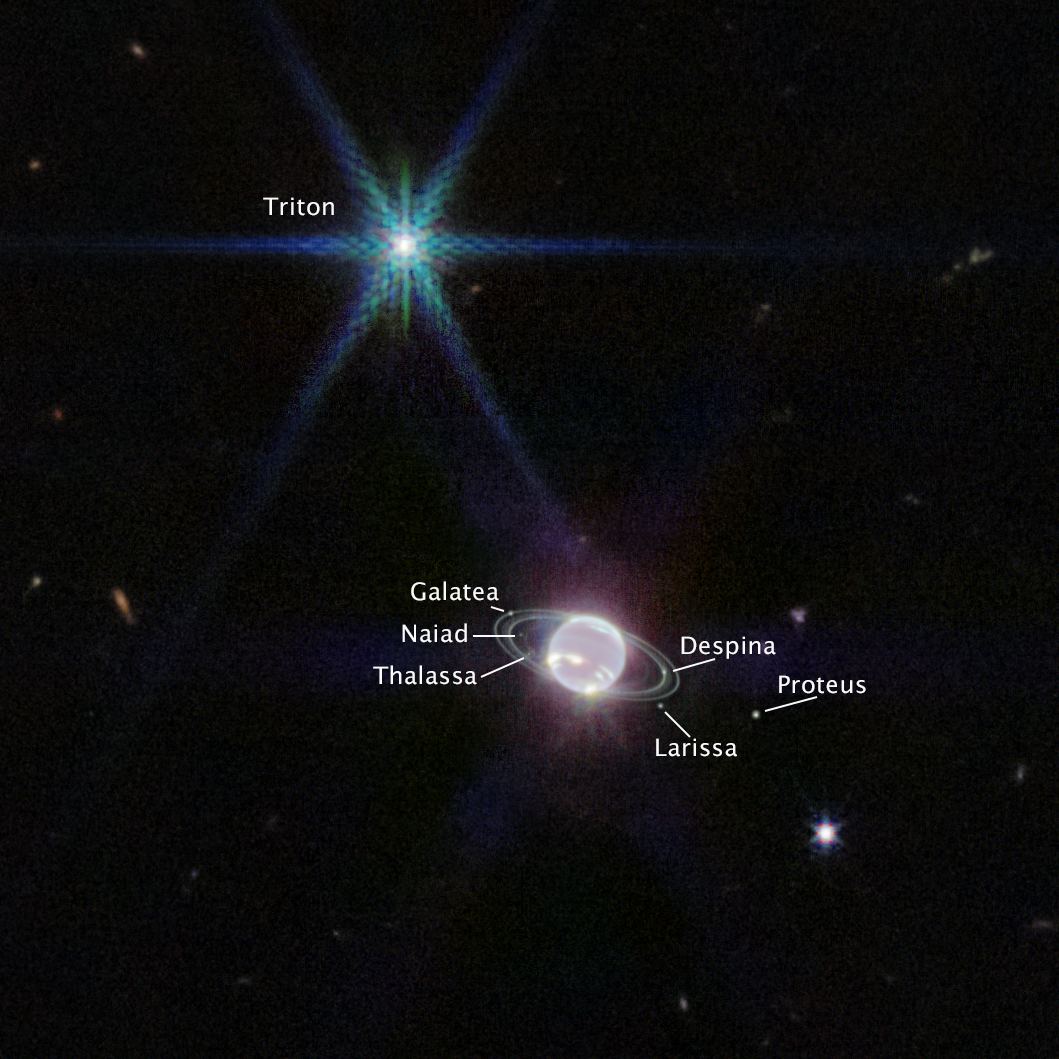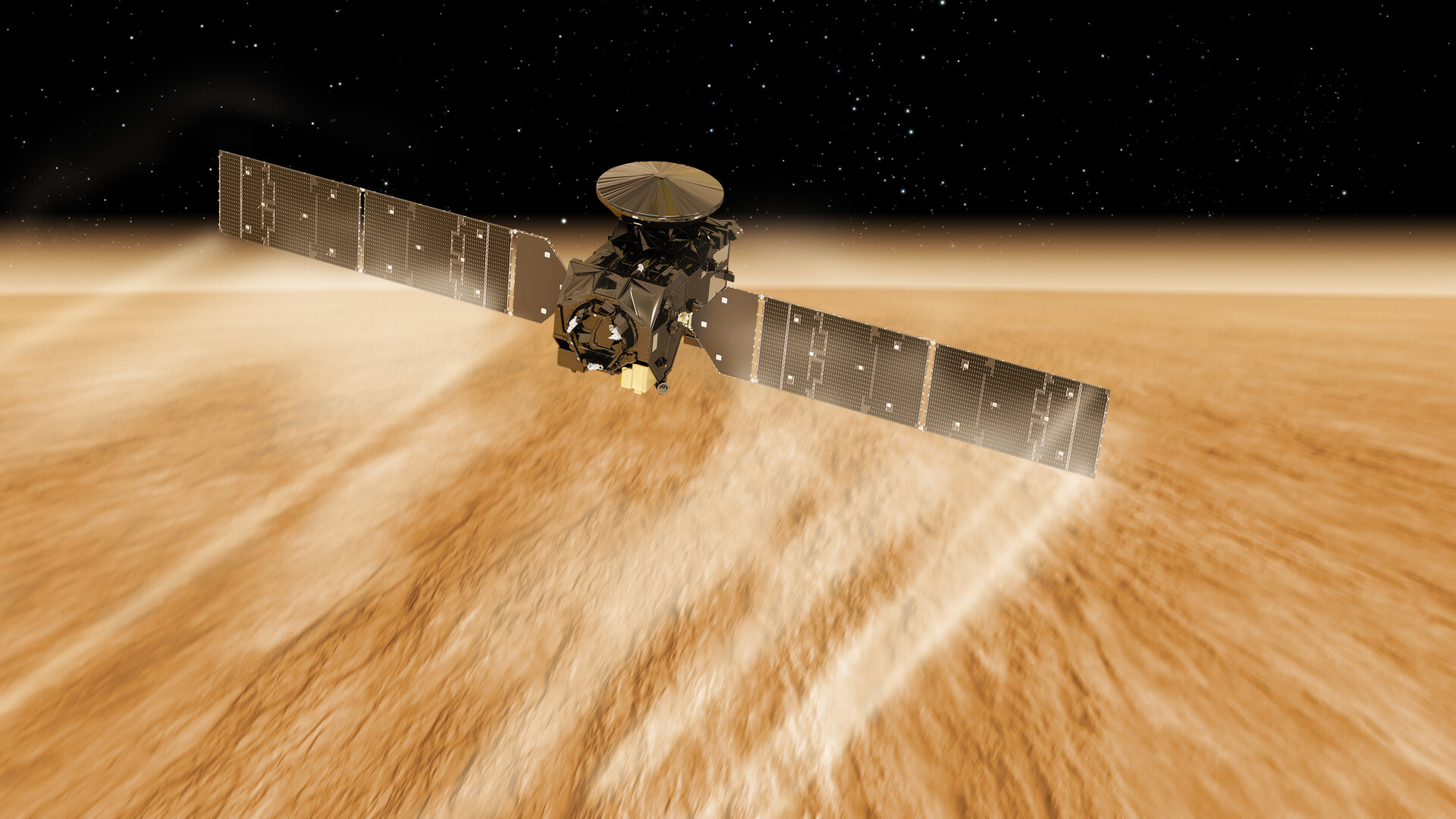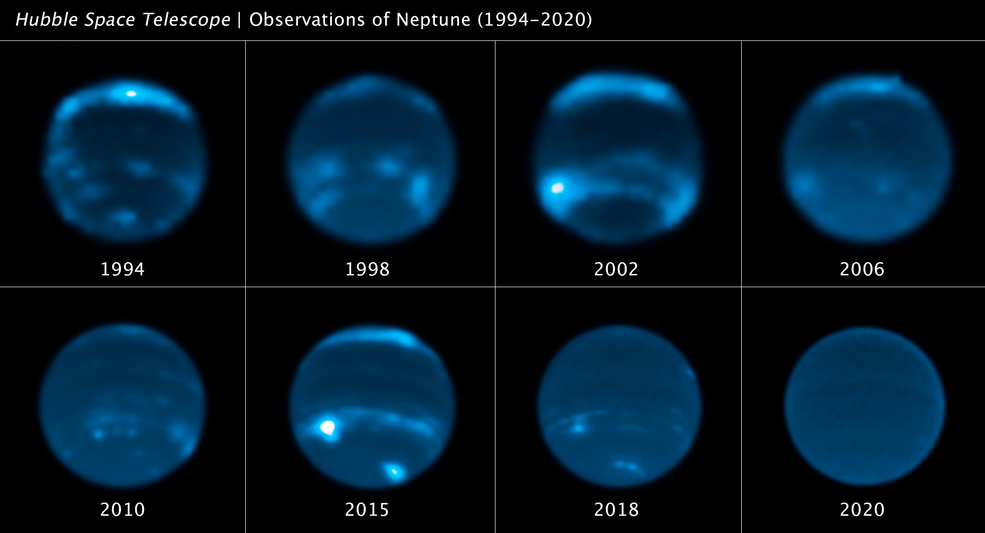A town in the Austrian Alps might not seem like the most conducive place to come up with daring space missions. But, for the last 40 years, students and professors have been gathering to do just that in Alpbach, just north of the Lichtenstein/Austrian border. One outcome of the Alpbach Summer School this year was an idea for a combined Neptune / Triton explorer mission to take advantage of existing technology developed for the JUICE missions. Before we get into the technical details of the mission, though, let’s dive into why scientists should care about the Neptunian system in the first place.
Continue reading “A Mission to Triton and Neptune Would Unlock Their Mysteries”A Mission to Triton and Neptune Would Unlock Their Mysteries









